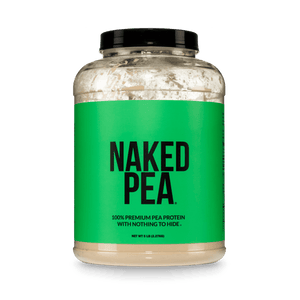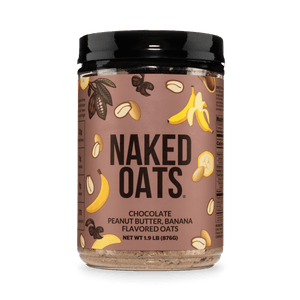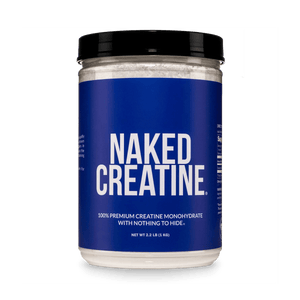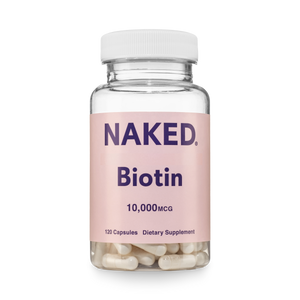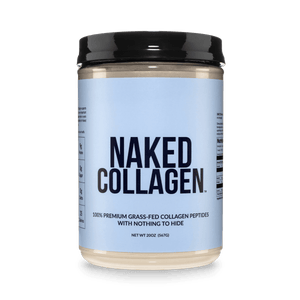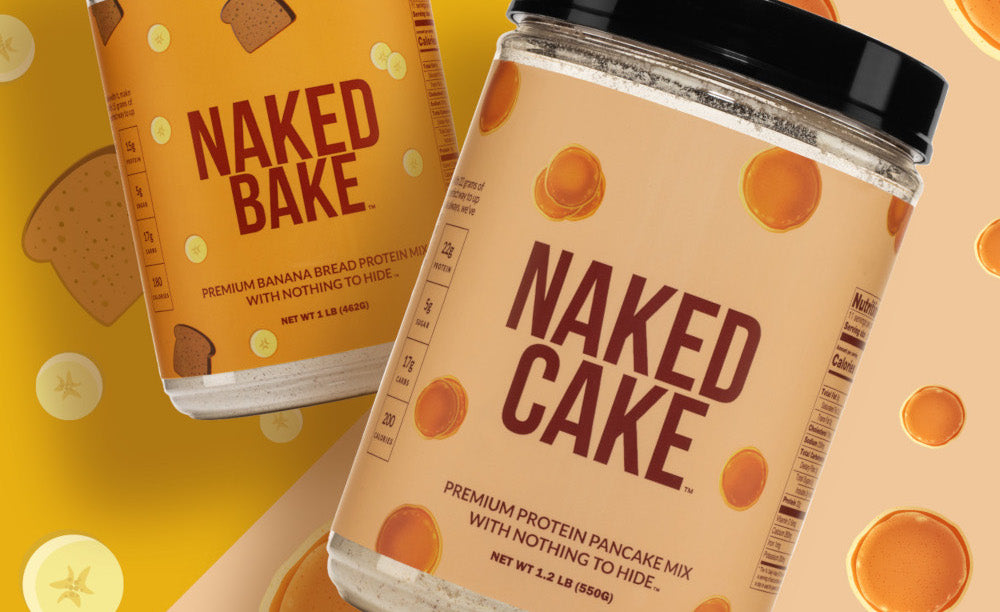Building muscle requires a combination of proper nutrition, exercise, and recovery. You’ve probably heard it’s important to supplement with protein when optimizing your fitness. However, not all protein is the same.
Many fitness enthusiasts turn to essential amino acids for optimal results. But what are essential amino acids? What makes them “essential” anyway?
Do they really help build muscle? How do they compare to branched chain amino acids (BCAAs)?
Do you have to take an essential amino acid supplement to get these benefits? Or can you find essential amino acids in food sources?
There are many questions surrounding essential amino acids. In this article, we’ll explore the role of essential amino acids in muscle growth, when’s the best time to take them, and whether to seek them from food or supplements.

What are EAAs?
Amino acids are the building blocks that make up protein. When we digest protein, our body breaks it down into these individual amino acids.
Your body requires 20 types of amino acids to function properly. Some of these amino acids are considered “essential”, meaning the body cannot produce them.
The 9 essential amino acids are:
- Histidine
- Isoleucine
- Leucine
- Lysine
- Methionine
- Phenylalanine
- Threonine
- Tryptophan
- Valine
Why are These Amino Acids Called Essential?
The body lacks the ability to synthesize these nine essential amino acids (EAAs). However, because they are required for many bodily processes, it’s key that we seek them out through diet or supplementation.
The remaining eleven amino acids are classified as nonessential, meaning your body can make them on its own. Because of this, for these nonessential amino acids, it’s less important to ensure they are a part of our diet.
Do EAAs Help Build Muscle?

Protein does a lot more than simply build muscle. It is responsible for producing neurotransmitters, enzymes, hormones, collagen, and elastin. Amino acids play a role in many vital bodily processes, including calcium absorption, detoxification, immune function, energy regulation, and wound healing.
Adequate protein intake ensures that you are able to build muscle. If you don’t eat enough protein, your body will break down the protein in your muscles in order to supply your body with energy.
This protein breakdown causes your muscle mass to decrease. This can alter your body composition, trending towards more body fat than lean muscle.
By having enough amino acids in your bloodstream, you can shift the body from a breakdown (or catabolic) state to a growth (or anabolic) state.
EAAs are vital for muscle growth by stimulating muscle protein synthesis, which is the repair of your muscles after exercise. They provide the building blocks needed for repairing and rebuilding muscle tissue.
EAAs vs BCAAs: Which is Better for Muscle Growth?

Many fitness fanatics are familiar with branched-chain amino acids (BCAAs) for their role in muscle recovery, but are they helpful for muscle growth? The thing to remember about BCAAs is that they are a subset of EAAs.
Leucine, isoleucine, and valine are the BCAAs which also happen to be EAAs. While BCAAs can help to stimulate muscle protein synthesis, your body requires the other EAAs in order to complete this process.
Because of this, it’s recommended to ensure you are consuming all of the EAAs if you are interested in muscle growth. All nine of these EAAs are needed for optimal muscle protein synthesis.
When is the Best Time to Take EAAs?
It’s best not to worry too much about when to take EAAs, as adequate protein intake throughout the day is the most important factor for muscle growth. If you are really looking to support your muscle repair and recovery, you can try supplementing EAAs before or after a workout.
If you want to ensure that you avoid muscle protein breakdown, it’s best to consume EAAs between meals or during extended fasting periods. Wondering what food sources can you find EAAs?
EAAs From Food or Supplements?

EAAs can be found in food sources as well as from supplements. High quality proteins like meat, fish, eggs, dairy, soy, and quinoa provide all nine EAAs.
For most people, a well-balanced diet with high protein meals can supply enough EAAs to support muscle growth.
For others, EAA supplements can be a helpful tool. They are a convenient option for individuals with higher protein requirements.
They also can be very helpful for those with limited access to high-EAA foods or those with dietary restrictions. One benefit of supplemental EAAs is the rapid absorption and targeted support for muscle recovery and growth.
Can I Take EAAs and BCAAs Together?
Since BCAAs are a subset of EAAs, you can absolutely take them together. They can complement the effects of each other, especially in muscle recovery.
However, because EAAs provide the full spectrum of amino acids, taking these alone is all you need to support muscle growth. Again, some may choose to take these as a supplement, but as long as you are eating a well balanced diet, this is likely easily achievable.

TL;DR: Should I Take an EAA Supplement for Muscle?
EAA supplements are not always necessary for muscle growth as EAAs can be found in a well-balanced diet. These types of amino acids can be found in a variety of high quality proteins including soy, quinoa, eggs, fish, meat, etc.
While these important protein building blocks are likely to be in the foods you are already eating, many choose to supplement with EAAs anyway. If you’re looking to optimize muscle growth and recovery, an EAA supplement can be a helpful addition.
This is especially true if your diet is lacking in high-quality protein sources. An EAA supplement can also be a helpful tool for those that require more protein than most people, including people like athletes, older adults, individuals recovering from surgery or illness, vegetarians, and vegans.
Since these folks tend to struggle meeting their higher protein needs, an EAA supplement is a great option. These supplements can provide an efficient and convenient way to support muscle growth.

